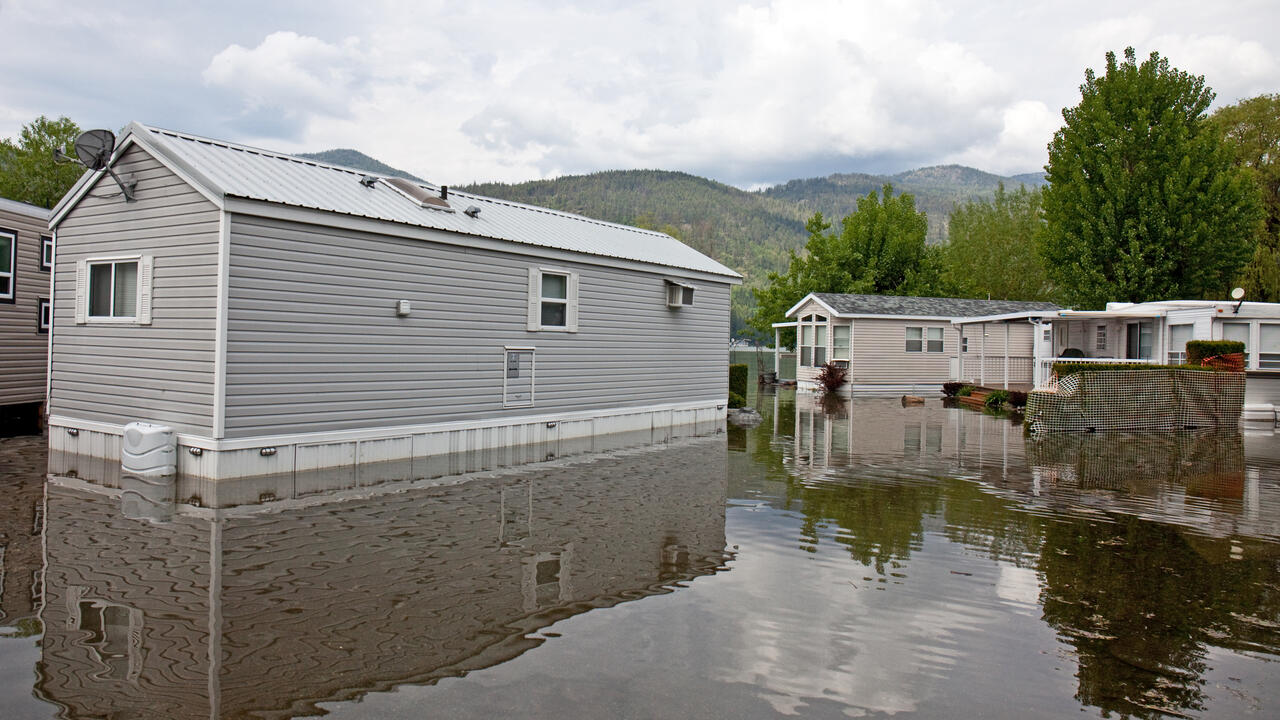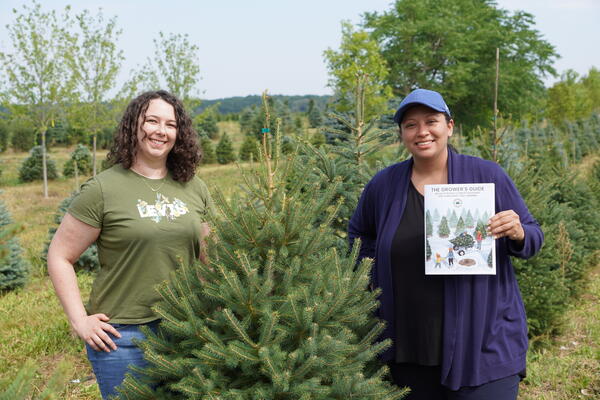
Protect or retreat: rising seas threaten Canada’s Atlantic and Pacific Coasts
Practical solutions to limit the financial and social costs of natural disasters

Practical solutions to limit the financial and social costs of natural disasters
By Media RelationsAs witnessed in recent weeks, rising seas, swollen atmospheric rivers and post-tropical storms are a threat to community infrastructure, housing and the safety of those living along Canada’s east and west coasts. In response, new guidance from the Intact Centre on Climate Adaptation, University of Waterloo, presents practical solutions to limit the financial and social costs of these evolving risks.
The majority of Canada’s coastal population lives directly on the Atlantic (east) and Pacific (west) coastlines, where rising sea levels, storm surges, and high tides can act together to cause flooding, with damaging impacts on communities and infrastructure. The need to rapidly combat these threats is underscored in the Intergovernmental Panel on Climate Change’s Sixth Assessment Report, which highlights that sea-level rise is locked-in “for centuries to millennia to come.”
The new guidance, supported by the Standards Council of Canada, the National Research Council of Canada, and Infrastructure Canada, catalogues approaches falling under two types of coastal protection:
Nature-based solutions in particular have a vital role in managing coastal flood and erosion risk in Canada. International experience demonstrates that these measures not only provide protection against coastal flooding and erosion, but can also deliver multiple benefits, including improved biodiversity, carbon sequestration and storage, enhanced social wellbeing and tourism.
“We can no longer manage coastal risks by endlessly fighting against natural processes,” said report author, Joanna Eyquem, managing director of Climate-Resilient Infrastructure at the Intact Centre. “There are real win-win opportunities to work with nature in the long-term, with multiple benefits for the community and beyond.”
The report identifies three interventions to scale up the use of nature-based solutions for coastal protection in Canada:
The report also stresses that it is not necessary to choose between “green” or “grey” infrastructure solutions. As with climate adaptation and the reduction of greenhouse gases, both approaches can and should be considered and used together.
“As this year’s devastating floods in BC have shown, we are still not doing enough to defend our communities from the extreme impacts of climate change,” said Chantal Guay, CEO of the Standards Council of Canada. “In this new normal, all adaptation solutions—including those that harness the power of nature—need to be on the table. By compiling case studies and best practices of coastal protection across Canada, this report is an important resource for all coastal communities seeking to guard against the effects of climate change. The report also recommends the development of new National Standards, which have a key role to play in mainstreaming the use of nature-based solutions in coastal adaptation.”
The complete report is available online from the Intact Centre and the Standards Council of Canada.
Contact details:
Joanna Eyquem
Managing Director, Climate Resilient Infrastructure, Intact Centre on Climate Adaptation University of Waterloo
514-268-0873 | joanna.eyquem@uwaterloo.ca
Dr. Blair Feltmate
Head, Intact Centre on Climate Adaptation University of Waterloo
226-339-3506 | bfeltmate@uwaterloo.ca
Nadine James
Communications Manager, Standards Council of Canada
613-238-3222 x462 | nadine.james@scc.ca

Read more
Here are the people and events behind some of this year’s most compelling Waterloo stories

Read more
Waterloo researchers are helping to make a much-loved holiday tradition more sustainable all year round

Read more
Researchers awarded funding to investigate ecology, climate change, repatriation, health and well-being through cultural and historical lens
The University of Waterloo acknowledges that much of our work takes place on the traditional territory of the Neutral, Anishinaabeg, and Haudenosaunee peoples. Our main campus is situated on the Haldimand Tract, the land granted to the Six Nations that includes six miles on each side of the Grand River. Our active work toward reconciliation takes place across our campuses through research, learning, teaching, and community building, and is co-ordinated within the Office of Indigenous Relations.